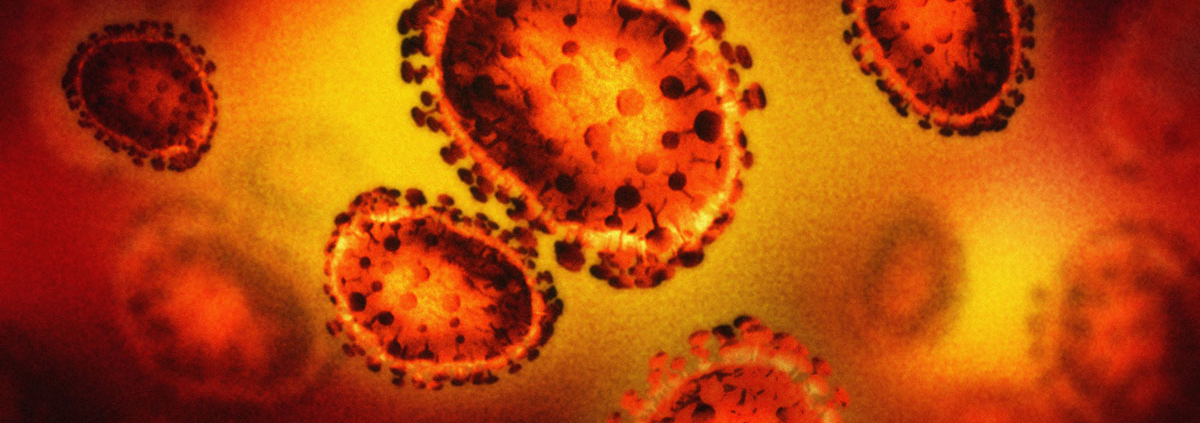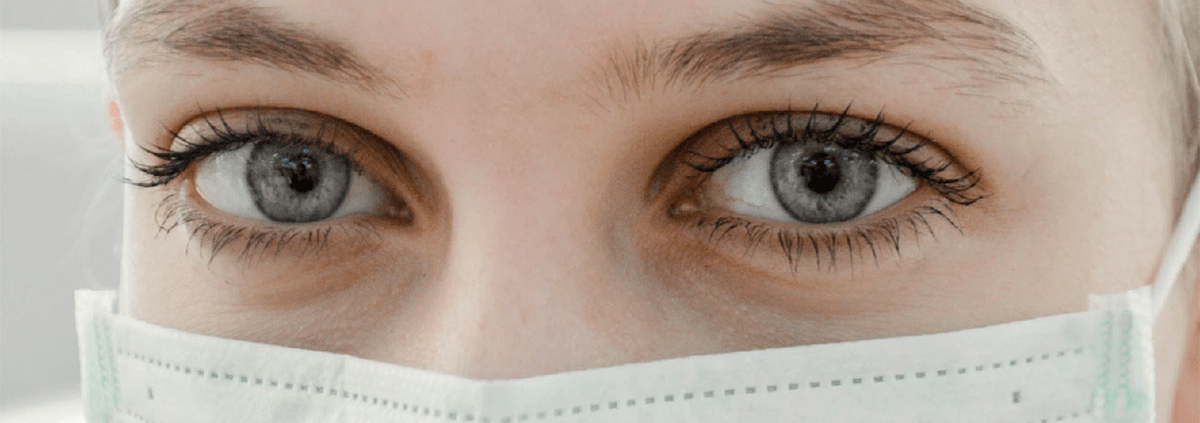Computational simulations have been used to accurately predict airflow and droplet dispersal patterns in situations where COVID-19 might be spread. In the journal Physics of Fluids, by AIP Publishing, results show the importance of the shape of the space in modeling how virus-laden droplets move through the air.
The cough-generated droplets from a walking individual disperse differently in a narrow corridor and an open space. In an open space, the droplets are dispersed in a large range attached to the person; in narrow corridors, the droplets are concentrated in a small bubble and are left further behind. CREDIT: Xiaolei Yang
If a person walking in a corridor coughs, their breath expels droplets that travel around and behind their body, forming a wake in the way a boat forms a wake in water as it travels. The investigation revealed the existence of a “re-circulation bubble” directly behind the person’s torso and a long wake streaming out behind them at approximately waist height.
Release date: 15 December 2020
Source: American Institute of Physics










